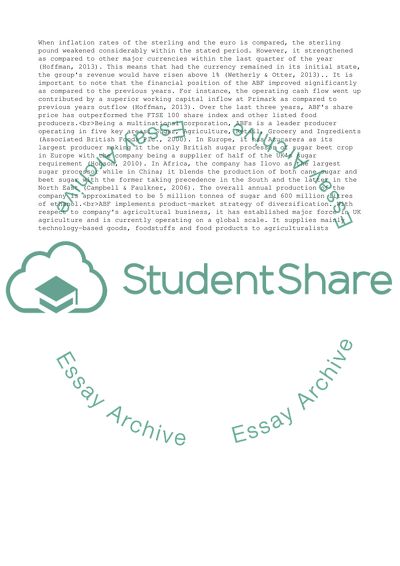Cite this document
(Management, Strategy & Organisations Essay Example | Topics and Well Written Essays - 1750 words, n.d.)
Management, Strategy & Organisations Essay Example | Topics and Well Written Essays - 1750 words. https://studentshare.org/management/1806496-management-strategy-organisations
Management, Strategy & Organisations Essay Example | Topics and Well Written Essays - 1750 words. https://studentshare.org/management/1806496-management-strategy-organisations
(Management, Strategy & Organisations Essay Example | Topics and Well Written Essays - 1750 Words)
Management, Strategy & Organisations Essay Example | Topics and Well Written Essays - 1750 Words. https://studentshare.org/management/1806496-management-strategy-organisations.
Management, Strategy & Organisations Essay Example | Topics and Well Written Essays - 1750 Words. https://studentshare.org/management/1806496-management-strategy-organisations.
“Management, Strategy & Organisations Essay Example | Topics and Well Written Essays - 1750 Words”. https://studentshare.org/management/1806496-management-strategy-organisations.


